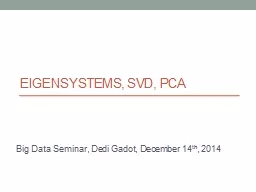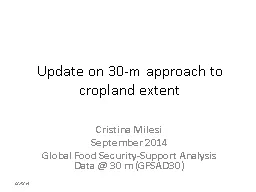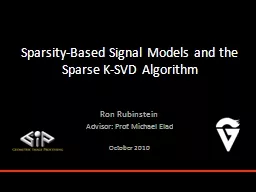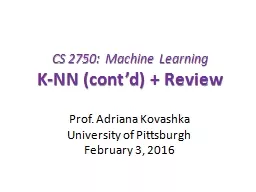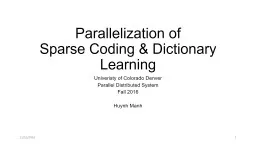PPT-Eigensystems , SVD, PCA Big Data Seminar, Dedi Gadot, December 14
Author : crunchingsubway | Published Date : 2020-08-27
th 2014 Eigvals and eigvecs Eigvals Eigvecs An eigenvector of a square matrix A is a nonzero vector V that when multiplied with A yields a scalar multiplication
Presentation Embed Code
Download Presentation
Download Presentation The PPT/PDF document "Eigensystems , SVD, PCA Big Data Seminar..." is the property of its rightful owner. Permission is granted to download and print the materials on this website for personal, non-commercial use only, and to display it on your personal computer provided you do not modify the materials and that you retain all copyright notices contained in the materials. By downloading content from our website, you accept the terms of this agreement.
Eigensystems , SVD, PCA Big Data Seminar, Dedi Gadot, December 14: Transcript
Download Rules Of Document
"Eigensystems , SVD, PCA Big Data Seminar, Dedi Gadot, December 14"The content belongs to its owner. You may download and print it for personal use, without modification, and keep all copyright notices. By downloading, you agree to these terms.
Related Documents

